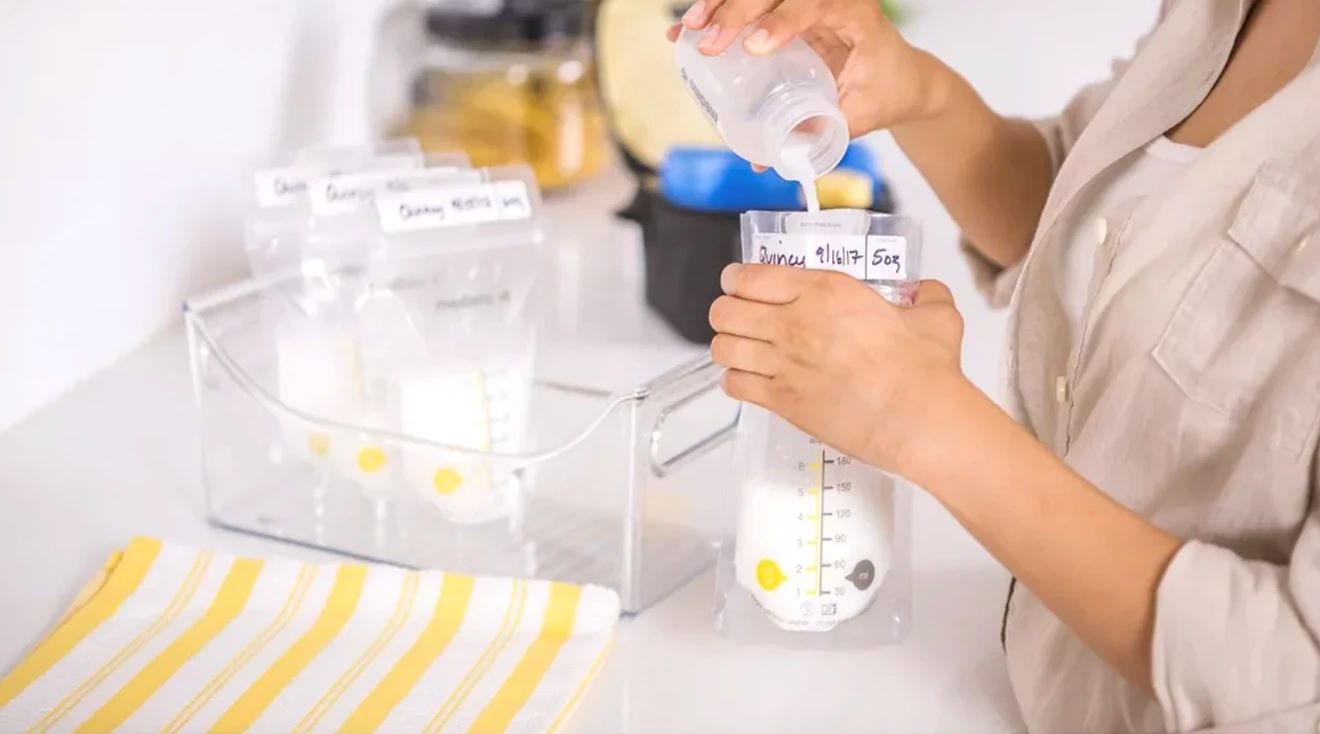

Articles
How To Store Breast Milk In Bags
Modified: February 22, 2024
Learn effective ways to store breast milk in bags with these informative articles. Find useful tips and techniques to ensure safe and convenient storage for your baby's milk.
(Many of the links in this article redirect to a specific reviewed product. Your purchase of these products through affiliate links helps to generate commission for Storables.com, at no extra cost. Learn more)
Introduction
Welcome to this comprehensive guide on how to store breast milk in bags. As a new mother, you want to make sure that your baby has access to the best nutrition even when you are not around. Breast milk is the ultimate source of nourishment for your little one, offering numerous health benefits that cannot be replicated by formula. However, there may be times when you need to safely store and preserve your breast milk for later use.
Using storage bags specifically designed for breast milk is a convenient and space-efficient solution. These bags are designed to be durable, leak-proof, and easy to use, making them an ideal choice for storing breast milk in the refrigerator or freezer. In this article, we will explore the benefits of using breast milk storage bags, how to choose the right ones, and the steps to store breast milk properly to maintain its quality and safety.
Whether you are a working mom, a mom who wants to build a stash of breast milk, or a mom who needs to temporarily store milk due to engorgement or other reasons, this guide will provide you with all the information you need to store breast milk in bags effectively.
But before we dive into the details, let’s take a look at the benefits of using breast milk storage bags.
Key Takeaways:
- Efficiently store breast milk in bags by labeling, dating, and organizing them in the refrigerator or freezer. Thaw and use frozen milk safely to provide your baby with optimal nutrition.
- Prioritize cleanliness, portion control, and proper sealing when storing breast milk in bags. Follow guidelines for sterilization, filling, and labeling to ensure the freshness and safety of your stored milk.
Read more: How To Store Breast Milk In Diaper Bag
Benefits of Breast Milk Storage Bags
Breast milk storage bags offer numerous advantages when it comes to storing your precious milk. Here are some key benefits:
- Convenience: Breast milk storage bags are designed for easy storage and transport. They are lightweight and take up minimal space in your refrigerator or freezer. The slim design also allows for efficient stacking and organization.
- Leak-proof: One of the essential features of breast milk storage bags is their leak-proof design. This ensures that your breast milk remains safely contained without any risk of leakage. The bags are made with strong materials and have secure seals to prevent any accidental spills.
- Portion control: Breast milk storage bags often come with measurements marked on the side, allowing you to accurately measure the amount of milk you are storing. This makes it easier to thaw and use the desired portion and reduces wastage.
- Freezer-safe: Breast milk storage bags are designed to withstand freezing temperatures, making them suitable for long-term storage in the freezer. They protect your breast milk from freezer burn and ensure that it maintains its quality and nutrients.
- Ease of use: Most breast milk storage bags are designed with a wide opening, making it easy to pour and transfer the milk from a breast pump or a bottle into the bag. The bags are also usually self-standing, allowing you to fill them with ease.
- Safety: Breast milk storage bags are made from BPA-free and food-grade materials, ensuring that no harmful chemicals affect the quality of your breast milk. They are also sterile and pre-sterilized, further guaranteeing the safety and hygiene of your stored milk.
- Economical: Breast milk storage bags are generally more affordable than other storage options, such as bottles or containers. They are sold in packs, offering you a cost-effective solution for storing and building a milk stash.
Now that we understand the benefits of breast milk storage bags, let’s move on to the next section, where we will discuss how to choose the right storage bags for your needs.
Choosing the Right Storage Bags
When it comes to choosing the right storage bags for your breast milk, it’s essential to consider a few factors. Here are some key points to keep in mind:
- Quality and Durability: Look for storage bags that are made from high-quality, durable materials. They should be thick enough to withstand freezing temperatures without the risk of tearing or leaking. Reading reviews and considering trusted brands can help you find reliable options.
- Leak-Proof Design: Check for bags that have a secure and reliable sealing mechanism. Look for double-zip closures or bags that offer a reinforced seal to prevent any leaks or spills. A leak-proof design is crucial to ensure the safety and freshness of your breast milk.
- Measurement Markings: Consider bags that have clear measurement markings on the side. These markings can help you accurately measure the amount of breast milk you are storing and make it easier to thaw and use the desired portion without any guesswork.
- Easy to Use: Look for bags that have a wide opening to facilitate easy pouring and transferring of breast milk. Bags that are self-standing are also convenient as they make it easier to fill and store without requiring additional support.
- Safety and Hygiene: Ensure that the storage bags are made from BPA-free and food-grade materials. Check if they are pre-sterilized or if they require sterilization before use. Prioritizing safety and hygiene is essential to protect the quality and health benefits of your breast milk.
- Compatibility: Consider the compatibility of the storage bags with your breast pump. Some manufacturers offer storage bags that directly attach to their pumps, simplifying the process of transferring milk and reducing the risk of spills or contamination. Check if the bags can fit the breast pump you are using.
- Space Efficiency: Consider the size and shape of the storage bags. If you have limited storage space in your refrigerator or freezer, opt for bags that are designed to be slim and easily stackable. This will allow you to maximize the available space and keep your milk stash organized.
By considering these factors, you can choose storage bags that meet your needs and ensure that your breast milk is stored safely and efficiently. The next section will guide you through the process of sterilizing the storage bags before use.
Sterilizing the Storage Bags
Before using breast milk storage bags, it is important to sterilize them to maintain the cleanliness and safety of the milk. Here are the steps to sterilize the storage bags:
- Clean Hands: Start by washing your hands thoroughly with soap and water. It is important to have clean hands to prevent any contamination during the sterilization process.
- Gather Supplies: Collect all the necessary supplies, including breast milk storage bags, a bottle brush, mild dish soap, a clean towel, and a pot or container large enough to hold the bags.
- Clean the Bags: Prepare a mild soapy solution by mixing warm water and a small amount of dish soap. Take the breast milk storage bags and submerge them in the soapy water. Use the bottle brush to gently scrub the bags, paying attention to the interior and exterior surfaces. Rinse the bags thoroughly with clean water to remove any soap residue.
- Boiling Method: Fill a pot or container with water and bring it to a boil. Place the cleaned storage bags in the boiling water and let them boil for about 5 minutes. Make sure the bags are fully submerged in the water. Use a pair of tongs to remove the bags from the boiling water and place them on a clean towel to air dry.
- Steam Sterilization: If you prefer using a steam sterilizer or microwave steam sterilizer bags, follow the manufacturer’s instructions to sterilize the breast milk storage bags. Make sure to allow the bags to cool before handling them.
- Drying: After sterilizing the bags, allow them to air dry completely. Avoid using a towel or cloth to dry the bags, as this may introduce lint or bacteria.
- Storage: Once the bags are dry, they are ready to be used for storing breast milk. Remember to store them in a clean and dry area, away from any potential sources of contamination.
By following these steps, you can ensure that your breast milk storage bags are properly sterilized and ready for use. The next section will guide you through the process of preparing breast milk for storage.
Preparing the Breast Milk for Storage
Before you start filling the breast milk storage bags, it is important to properly prepare the milk to ensure its freshness and safety. Here are the steps to follow when preparing the breast milk for storage:
- Start with Clean Hands: Wash your hands with soap and water to ensure they are clean and free from any potential contaminants.
- Collect the Milk: Use a breast pump to express the milk. Make sure to follow the instructions provided by the manufacturer for correct usage. Express the milk directly into a clean container or use a breast milk collection bottle that is compatible with your pump.
- Storage Quantity: Determine the quantity of milk you want to store in each storage bag. It is recommended to store breast milk in small quantities, usually 2-4 ounces, to minimize waste and ensure that the milk is used within a reasonable timeframe.
- Cooling Period: Allow the freshly expressed breast milk to cool before transferring it to the storage bags. You can leave it at room temperature for about 30 minutes or place it in the refrigerator for a short period to expedite the cooling process.
- Avoid Mixing Milk: If you are planning to combine milk from multiple pumping sessions, make sure that they have a similar temperature before mixing them together. Avoid combining warm milk with cold milk directly, as this can affect the quality and safety of the stored milk.
- Scum Removal: If you notice any fatty or scummy layer on the top of the breast milk, gently swirl the container to mix it back into the milk. This layer is a normal occurrence and does not indicate spoilage.
- Freezing or Refrigeration: Choose whether you want to freeze the breast milk immediately or store it in the refrigerator for short-term use. For long-term storage, freezing is recommended to maintain the freshness and nutrition of the breast milk.
By following these preparation steps, you can ensure that your breast milk is ready for storage and maintains its quality. The next section will guide you through the process of filling the storage bags with breast milk.
Read more: How To Store Breast Milk Bags In Freezer
Filling the Bags with Breast Milk
Now that you have prepared the breast milk for storage, it’s time to fill the storage bags. Follow these steps to ensure proper filling:
- Open the Bag: Open the breast milk storage bag by carefully tearing off the top seal. Some bags may have a spout or a designated opening for easy pouring.
- Hold the Bag Securely: Gently hold the storage bag by the sides or use the designated grip area, if available. This will help to prevent any spills or leaks during the filling process.
- Pour Carefully: Slowly and steadily pour the prepared breast milk into the bag. Be cautious not to overfill the bag, as this can lead to spills or difficulties in sealing. Remember to leave some space at the top of the bag to allow for expansion during freezing.
- Remove Air Bubbles: After filling the bag, gently tap it on a flat surface to encourage any trapped air bubbles to rise to the top. This will help ensure that the bag is properly filled and minimize the chance of freezer burn.
- Seal the Bag: Using the designated seal or closure mechanism, carefully and securely seal the storage bag. Double-check to ensure that it is tightly sealed to prevent any leakage or contamination. Some bags may require a twisting motion, while others may have a zipper or adhesive strip.
- Label the Bag: It is essential to label the bag with the date you expressed the milk. Use a waterproof marker or pen to write the date on the bag. This will help you keep track of the freshness and ensure that you are using the oldest milk first.
- Consider Storing in Portions: If you have expressed a larger amount of milk, consider storing it in smaller portions. This will allow you to thaw and use only the amount you need, minimizing waste.
By following these steps, you can effectively fill the breast milk storage bags with your precious milk. In the next section, we will explore how to seal and package the bags properly.
Sealing the Bags Properly
Properly sealing the breast milk storage bags is crucial to ensure the freshness and integrity of the milk. Follow these steps to seal the bags effectively:
- Check the Seal: Before pouring the breast milk into the bag, ensure that the seal is intact and free from any damage or defects. This will help prevent leaks and maintain the quality of the milk.
- Align the Sealing Method: Different breast milk storage bags may have varying sealing mechanisms. Familiarize yourself with the specific instructions for the bags you are using. Whether it’s a twist seal, zipper closure, or adhesive strip, make sure the opening is secure and properly aligned.
- Seal Tightly: When sealing the bags, make sure to seal them tightly to prevent any air or moisture from getting in. If using a twist seal, twist it multiple times until it feels secure. If using a zipper closure, slide the zipper across the top until it reaches the end. If using an adhesive strip, press it firmly to ensure a tight seal.
- Double Check for Leaks: Once the bag is sealed, gently press on the sides and bottom to check for any leakage or air escaping. It is important to make sure the bag is properly sealed before storing it.
- Wipe off Excess Milk: If any breast milk has spilled on the outside of the bag during the filling or sealing process, make sure to wipe it off with a clean cloth or paper towel. This helps to maintain cleanliness and prevent any potential contamination.
- Avoid Overfilling: It is important not to overfill the bags to allow room for expansion during freezing. Overfilled bags may burst or leak. Follow the fill line or leave some space at the top of the bag to accommodate the expansion of the breast milk as it freezes.
- Packaging: Once the bags are sealed, you can consider placing them in a larger storage container or freezer bag for extra protection. This can help organize and prevent any damage or contamination during storage.
By following these steps, you can ensure that your breast milk storage bags are properly sealed, maintaining the quality and safety of your precious milk. In the next section, we will discuss the importance of labeling and dating the bags.
When storing breast milk in bags, be sure to label each bag with the date it was expressed. Store the bags in the back of the fridge or freezer to maintain a consistent temperature. Thaw frozen milk in the fridge or under cool running water.
Labeling and Dating the Bags
Labeling and dating the breast milk storage bags is an essential step to keep track of the freshness and ensure proper rotation when using the stored milk. Here are some guidelines for labeling and dating the bags:
- Write the Date: Using a waterproof marker or pen, clearly write the date on each bag. This should be the date when the breast milk was expressed. Writing the date ensures that you are aware of the age of the milk and can use the oldest milk first.
- Use a Legible Format: Make sure the date is written in a clear and easily readable format. You may choose to use the month-day-year format or the day-month-year format, depending on your preference.
- Place the Label: Select a suitable location on the bag to place the label or write the date. It is recommended to place it near the top or on the side where it is easily visible.
- Consider Additional Information: If desired, you can include additional information on the label, such as the quantity of milk in the bag or the time of expression. This can be helpful for organization and tracking purposes.
- Ensure the Label is Secure: After labeling the bag, make sure the ink is dry before handling it. Avoid smudging or wiping off the label to ensure visibility throughout the storage period.
- Use a Consistent System: Develop a system for labeling and dating that works best for you and your storage needs. Consistency in labeling and dating will help you stay organized and ensure that the milk is used within the recommended timeframes.
- Rotate the Milk: When using stored breast milk, always prioritize using the oldest milk first. This helps maintain freshness and prevents any milk from going unused and ultimately being wasted.
By following these guidelines, you can ensure that your breast milk storage bags are properly labeled and dated. This will help you keep track of the milk’s age and efficiently manage your breast milk stash. In the next sections, we will explore the proper ways to store breast milk in the refrigerator and freezer.
Storing Breast Milk Bags in the Refrigerator
The refrigerator provides a safe and convenient option for short-term storage of breast milk. Follow these guidelines to store breast milk bags properly in the refrigerator:
- Clean Storage Area: Before placing the breast milk bags in the refrigerator, ensure that the storage area is clean and free from any potential contaminants. Wipe down the shelves with a mild, soapy solution and rinse them thoroughly.
- Organize by Date: Arrange the breast milk bags in the refrigerator according to their dates. Place the oldest milk in the front or at the most accessible spot to ensure that it is used first. This helps maintain proper rotation and prevents the milk from expiring unused.
- Keep Away from the Door: Avoid storing breast milk bags in the refrigerator door as the temperature is less stable in this area due to frequent openings. The interior shelves, preferably in the back or middle, provide a more consistent and cooler environment for storage.
- Use a Tray or Container: Consider using a tray or container to hold the breast milk bags in the refrigerator. This helps keep them organized and prevents any accidental leaks or spills from coming into contact with other items in the refrigerator.
- Avoid Overcrowding: Ensure that there is enough space between the breast milk bags to allow for proper air circulation. Overcrowding can hinder the cooling process and affect the quality of the stored milk.
- Avoid Frequent Temperature Changes: Minimize opening the refrigerator door unnecessarily as it can cause fluctuations in temperature. Try to retrieve the required breast milk bags at once to limit exposure to the warmer air outside the refrigerator.
- Do Not Store for Too Long: Breast milk stored in the refrigerator can be safely used within 3 to 5 days. It is important to adhere to these guidelines to ensure the freshness and quality of the milk.
By following these guidelines, you can store breast milk bags effectively in the refrigerator, ensuring the freshness and safety of the milk. The next section will cover the proper methods for storing breast milk bags in the freezer.
Read more: How To Use Storage Bags For Breast Milk
Storing Breast Milk Bags in the Freezer
The freezer provides a convenient option for long-term storage of breast milk. Follow these guidelines to store breast milk bags properly in the freezer:
- Choose the Right Freezer: Ensure that your freezer maintains a temperature of 0°F (-18°C) or below. This temperature helps preserve the quality and nutritional value of the breast milk.
- Clean Freezer Area: Before placing the breast milk bags in the freezer, clean and sanitize the area to reduce the risk of contamination. Wipe down the surfaces with a mild, soapy solution, and rinse thoroughly.
- Store in a Flat Position: Lay the breast milk bags flat in the freezer for optimal storage. This allows for even freezing and easy stacking. You can place the bags in a single layer or use freezer-safe storage containers or trays to keep them organized.
- Organize by Date: Arrange the breast milk bags in the freezer according to their dates. Place the oldest milk at the front or the top to ensure that it is used first. This helps maintain proper rotation and prevents the milk from expiring unused.
- Protective Packaging: Consider using additional protective packaging, such as placing the bags in freezer-safe ziplock bags or wrapping them in foil. This provides an extra layer of protection against freezer burn and helps maintain the quality of the breast milk.
- Avoid Overfilling: Avoid overfilling the breast milk bags as the milk expands when frozen. Leave some space at the top of the bags to allow for expansion without the risk of bursting or leaking.
- Label and Date: Ensure that each breast milk bag is labeled with the date of expression. This will help you keep track of the oldest milk and maintain proper rotation when using the frozen breast milk.
- Use within the Recommended Timeframe: Breast milk stored in the freezer can be safely used within 6 to 12 months. It is important to adhere to these guidelines to ensure the freshness and quality of the milk. However, using the milk within the first 3 to 6 months is ideal for better nutritional value.
- Thawing and Using: When you are ready to use the frozen breast milk, thaw it in the refrigerator overnight or under warm running water. Avoid using a microwave or placing the bags directly in hot water, as this can cause uneven heating and destroy some of the beneficial properties of the milk.
By following these guidelines, you can store breast milk bags effectively in the freezer, ensuring the long-term preservation of the milk’s freshness and nutritional value. The next section will discuss the proper methods for thawing and using the frozen breast milk.
Thawing and Using Frozen Breast Milk
Thawing frozen breast milk correctly is crucial to preserve its quality and ensure its safe consumption. Follow these guidelines for thawing and using frozen breast milk:
- Thawing in the Refrigerator: The safest and recommended method for thawing frozen breast milk is to thaw it in the refrigerator. Remove the desired amount of breast milk bags from the freezer and place them in the refrigerator. Allow the bags to thaw overnight or for approximately 12 hours before use.
- Thawing under Warm Water: If you need to thaw breast milk more quickly, you can use warm water to speed up the process. Fill a clean container or bowl with warm water, ensuring that the water level stays below the seal of the breast milk bag. Submerge the frozen bag in the warm water and gently swirl it around. Replace the water as needed until the milk is completely thawed.
- Avoid Microwaving or Boiling: Never thaw breast milk in a microwave or boil it directly. Microwaving breast milk can create hot spots that may burn your baby’s mouth and destroy the nutrients. Boiling breast milk can denature its proteins and decrease its nutritional value.
- Gently Mix the Milk: Once the breast milk is thawed, gently swirl or agitate the bag to mix the separated fat layer. Do not vigorously shake the bag as it can cause denaturation of the milk proteins.
- Check for Odor and Consistency: After thawing, carefully sniff the breast milk for any off or sour smells. Additionally, check the consistency to ensure it appears normal. If the milk smells or looks abnormal, discard it and do not feed it to your baby.
- Use Thawed Milk within 24 Hours: Once breast milk is fully thawed, use it within 24 hours. Do not refreeze previously frozen breast milk after it has been thawed, as this can affect its quality and increase the risk of bacterial growth.
- Determine if Temperature is Suitable: Some babies prefer breast milk at room temperature, while others prefer it warm. To warm the milk slightly, place the thawed breast milk bag in a bowl of warm water for a few minutes. Test the temperature of the milk on your wrist to ensure it is not too hot before feeding it to your baby.
- Storage Guidelines after Thawing: If your baby does not consume the entire amount of thawed breast milk, it is generally safe to refrigerate it for up to 24 hours. However, avoid storing partially consumed milk that has been warmed for a second time or adding fresh milk to leftover thawed milk.
- Discard Unused Thawed Milk: If there is any remaining breast milk that your baby does not consume, it is recommended to discard it. This reduces the risk of contamination and ensures that your baby is consuming fresh and safe breast milk.
By following these guidelines, you can safely thaw and use frozen breast milk, ensuring that your baby receives the nourishment they need. In the final section of this guide, we will provide some tips for efficient breast milk storage.
Tips for Efficient Breast Milk Storage
Efficient breast milk storage is essential to maintain the quality and safety of your precious milk. Here are some tips to help you maximize efficiency:
- Properly Label and Date: Consistently label and date each breast milk storage bag to ensure proper rotation and usage. This helps you prioritize the oldest milk and prevents any waste.
- Use Small Storage Portions: Store breast milk in smaller portions, typically 2-4 ounces (60-120 mL) per bag, to minimize wastage. This allows you to thaw and use only the desired amount for each feeding.
- Handle with Clean Hands and Utensils: Always wash your hands thoroughly before handling breast milk or storage bags. Use clean utensils and pumping equipment to express and transfer the milk.
- Store Bags Flat: Lay breast milk bags flat in the freezer for efficient storage. This allows for easy stacking and saves space. Flat bags also thaw more quickly when needed.
- Store in Small Batches: Instead of storing breast milk in large volumes, consider storing it in smaller batches. This allows for more flexibility in using the milk as per your baby’s feeding pattern and prevents any potential waste.
- Keep Track of Milk Inventory: Maintain a record or chart to keep track of the amount of breast milk stored and the dates it was expressed. This helps you monitor your milk supply and plan accordingly.
- Consider using Storage Trays: Use storage trays specifically designed for breast milk storage bags. These trays keep the bags organized, prevent them from sticking together, and make it easier to retrieve the desired bags from the freezer.
- Keep Storage Area Clean: Regularly clean and sanitize the storage area, whether it’s in the refrigerator or freezer, to maintain cleanliness and minimize the risk of contamination.
- Use Oldest Milk First: Prioritize using the oldest stored breast milk first to maintain freshness and quality. This ensures that your baby consumes the milk in the correct order and prevents any milk from expiring untouched.
- Monitor Storage Temperature: Regularly check the temperature settings of your refrigerator and freezer to ensure they are properly maintaining the recommended temperatures for breast milk storage.
- Keep Breast Pump Equipment Clean: Wash and sterilize your breast pump equipment regularly to maintain hygiene and prevent any contamination of the expressed milk.
Following these tips will help ensure that your breast milk storage is efficient, allowing you to provide your baby with fresh, safe, and nourishing milk. Remember to trust your instincts as a parent and consult with a healthcare professional if you have any concerns about storing or using breast milk.
Now that you’re equipped with the knowledge of efficient breast milk storage, you can confidently build a stash of breast milk or store and use it as needed. Remember, every drop of breast milk is valuable and can provide numerous benefits for your baby’s growth and development.
Happy breastfeeding and storing!
Conclusion
Storing breast milk in bags is a practical and convenient solution for new mothers who want to provide their babies with the benefits of breast milk even when they are not present. Throughout this comprehensive guide, we have explored the benefits of using breast milk storage bags, the factors to consider when choosing the right bags, and the necessary steps to sterilize the bags before use.
We have also covered the importance of preparing breast milk for storage, filling the bags properly, and sealing them securely. Additionally, we discussed the significance of labeling and dating the bags to ensure proper rotation and usage.
Furthermore, we provided guidelines for storing breast milk bags in both the refrigerator and freezer, along with instructions on how to thaw and use the frozen breast milk safely. We also highlighted tips for efficient breast milk storage to help you streamline the process and maximize the freshness and quality of your stored milk.
By following these guidelines, you can confidently store and use breast milk to provide your baby with optimal nutrition and promote their healthy development. Remember, your breast milk is a precious gift for your baby, and proper storage practices ensure that it remains safe and retains its beneficial properties.
As you navigate your breastfeeding journey, don’t hesitate to reach out to healthcare professionals or lactation consultants if you have any questions or concerns. They can provide you with personalized guidance and support.
Wishing you a successful and rewarding breastfeeding experience filled with love and nourishment for both you and your little one!
Frequently Asked Questions about How To Store Breast Milk In Bags
Was this page helpful?
At Storables.com, we guarantee accurate and reliable information. Our content, validated by Expert Board Contributors, is crafted following stringent Editorial Policies. We're committed to providing you with well-researched, expert-backed insights for all your informational needs.
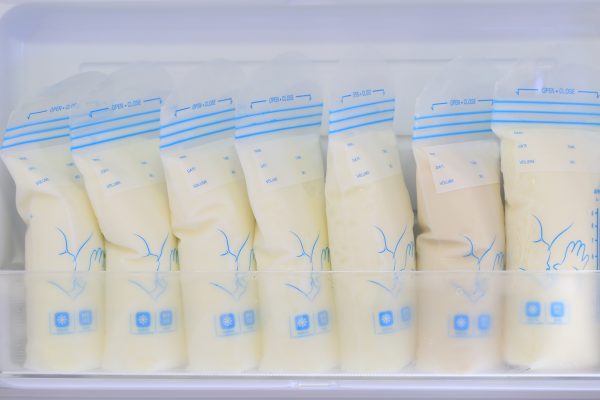
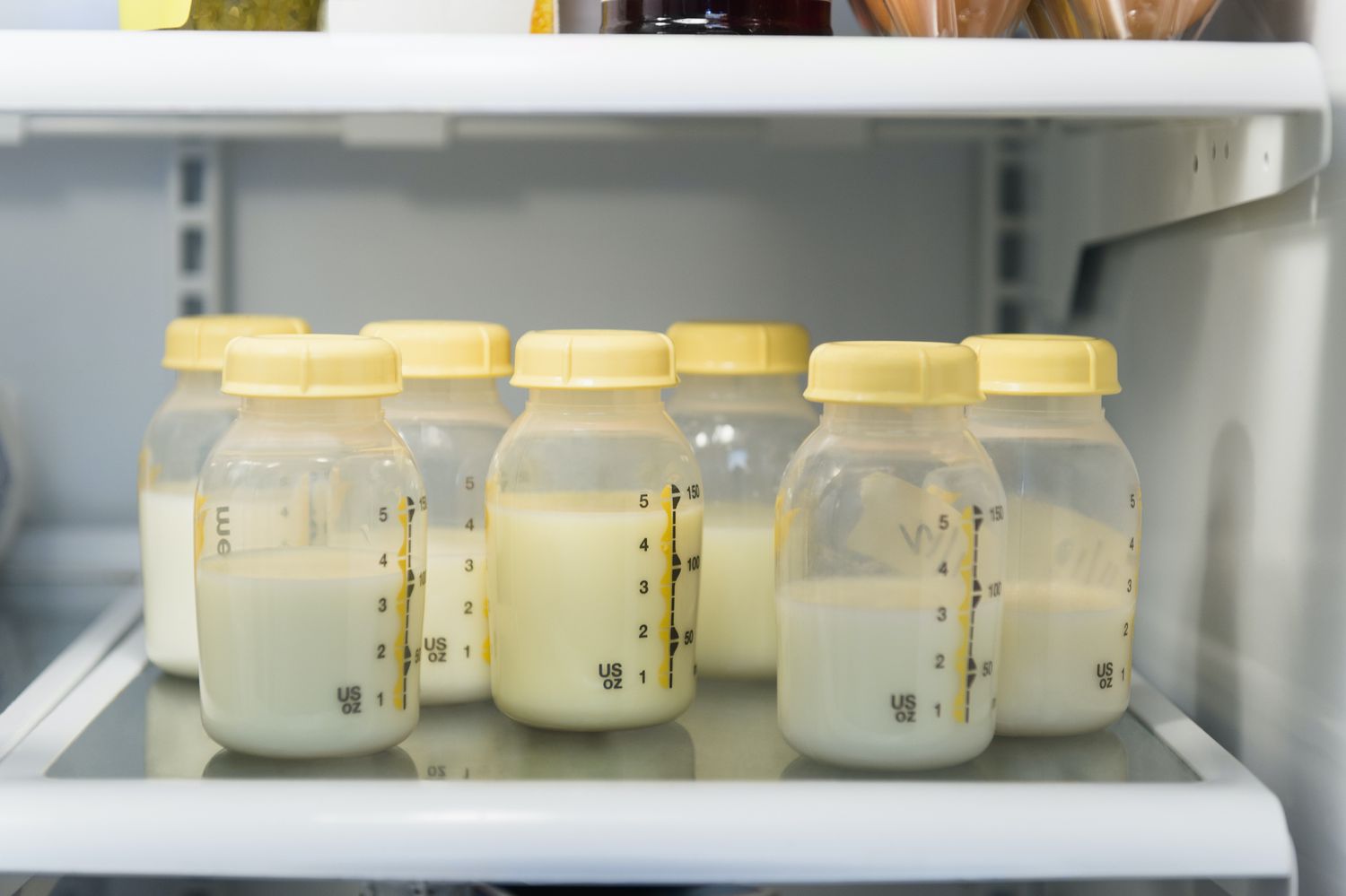
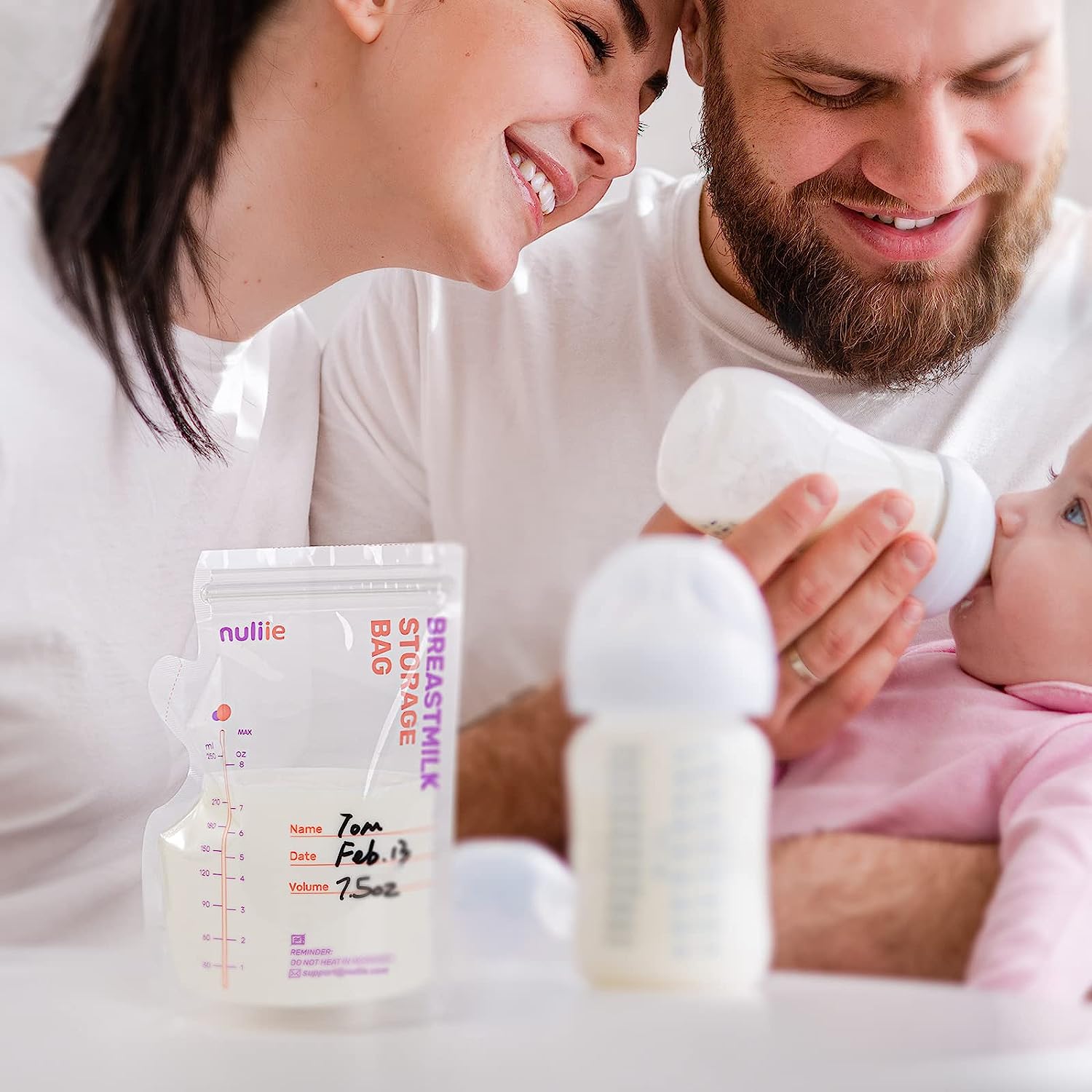
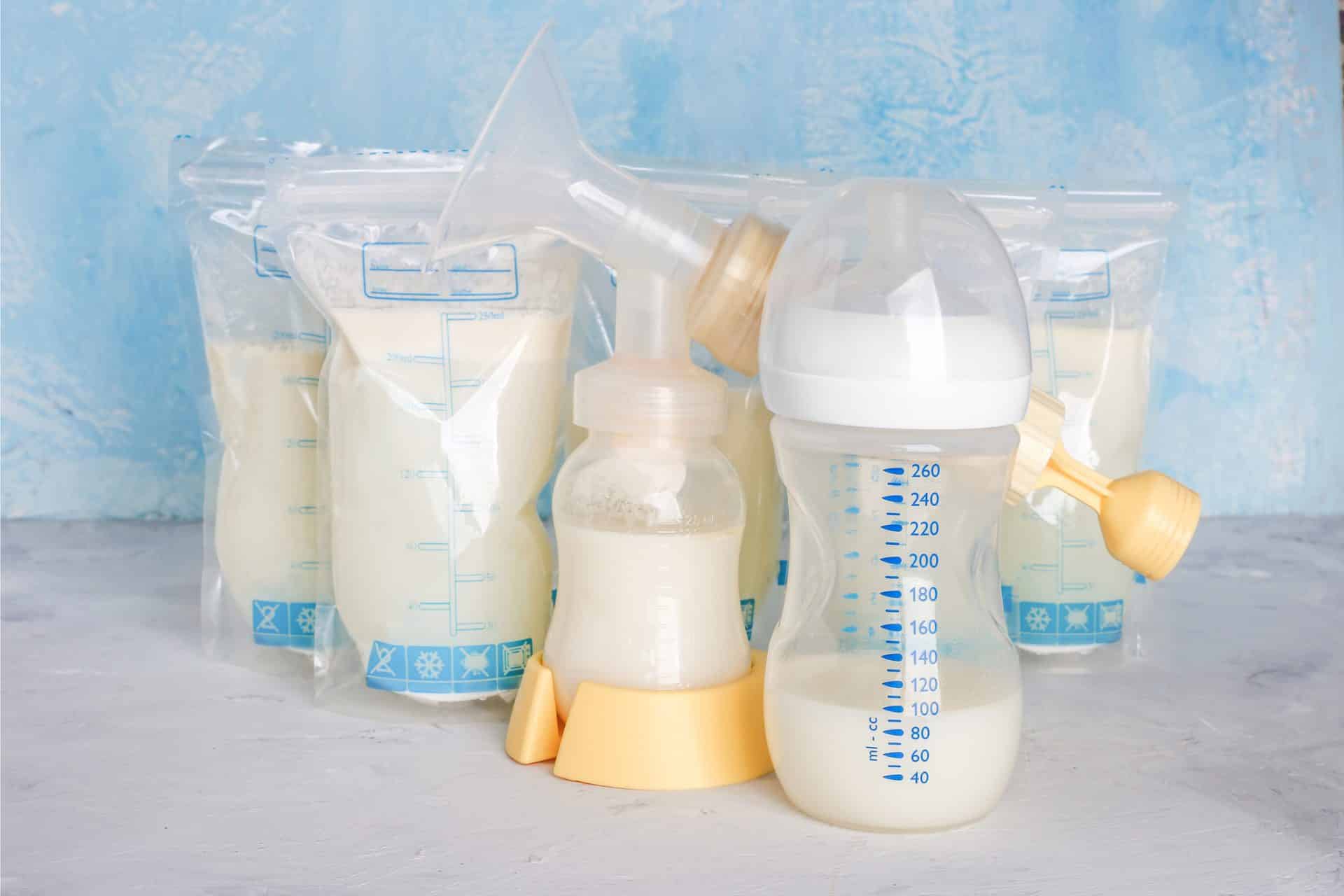
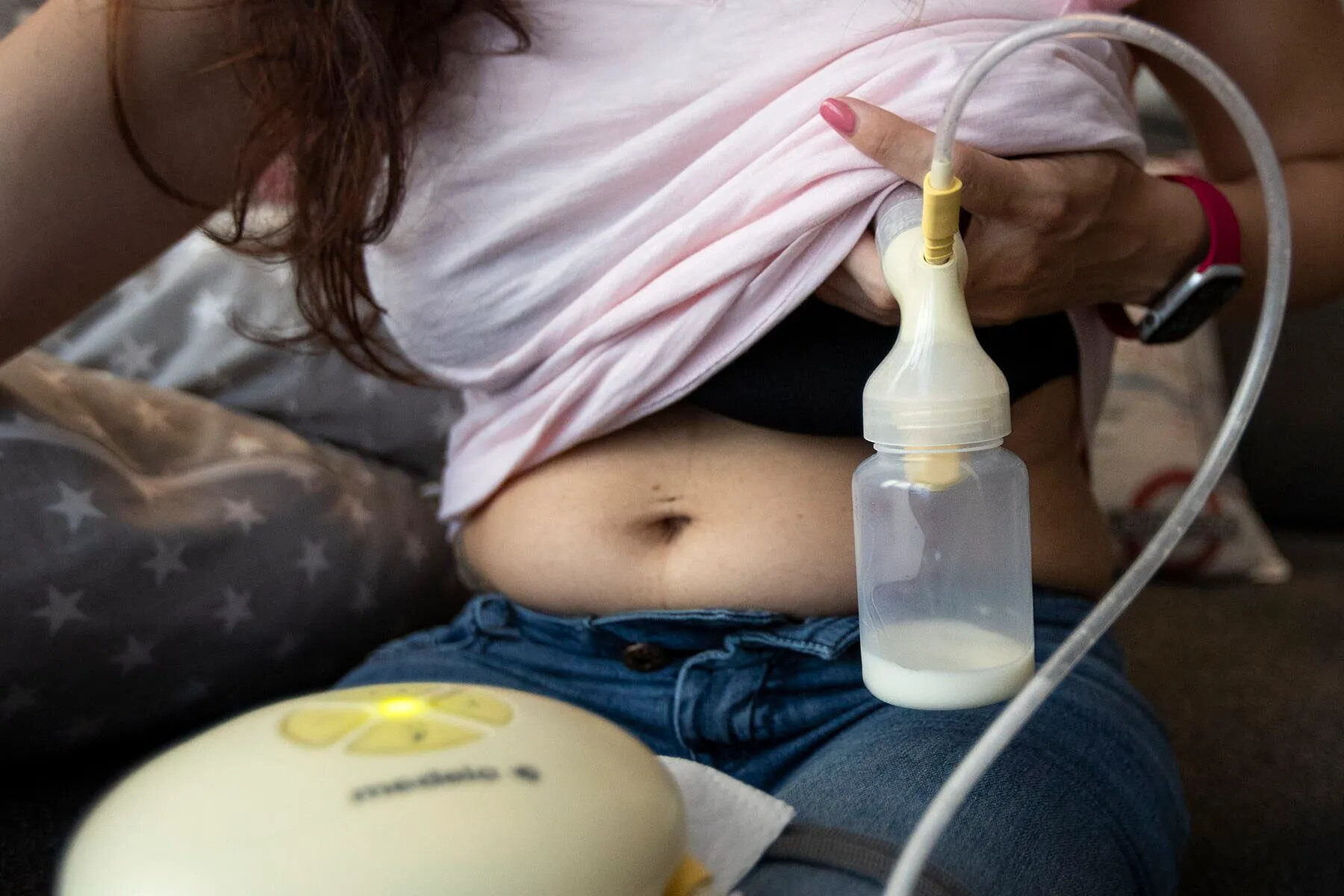
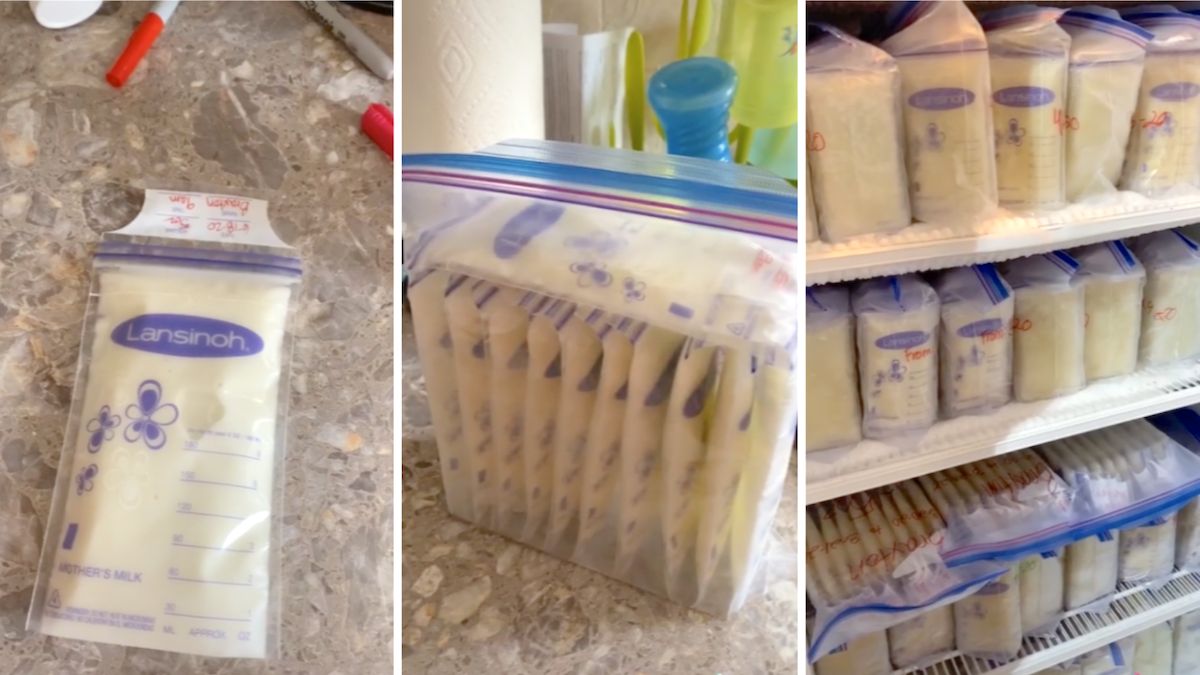
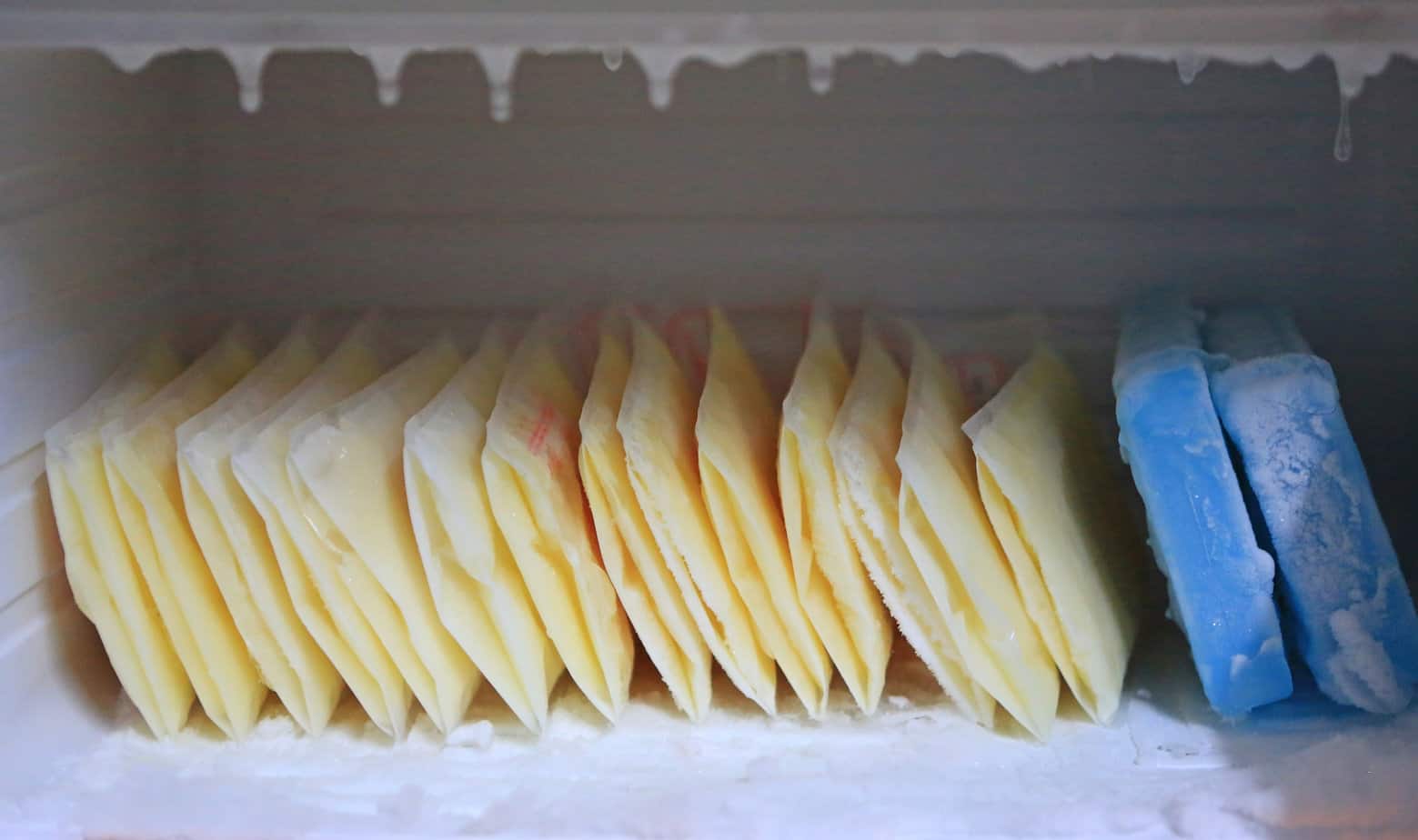
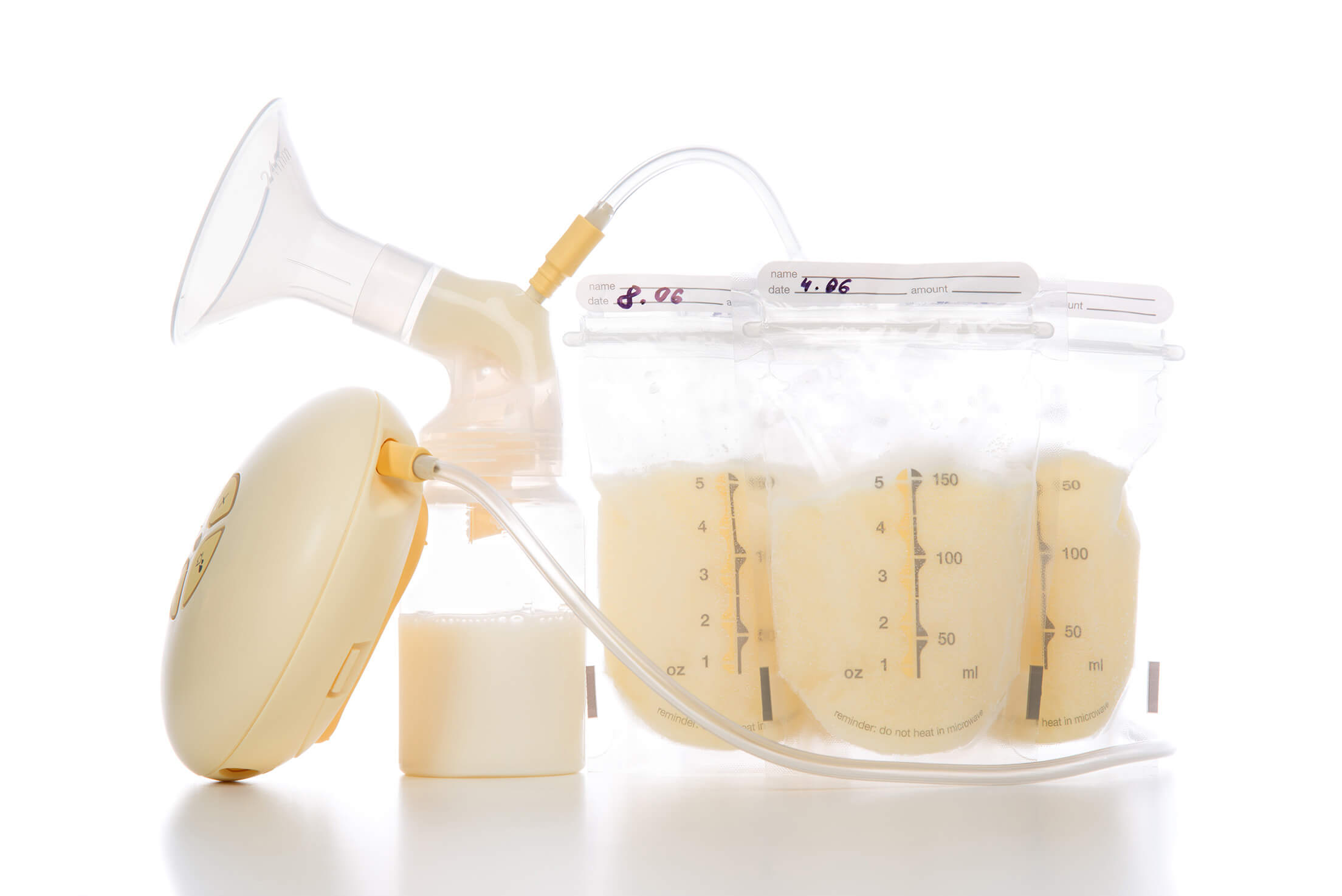

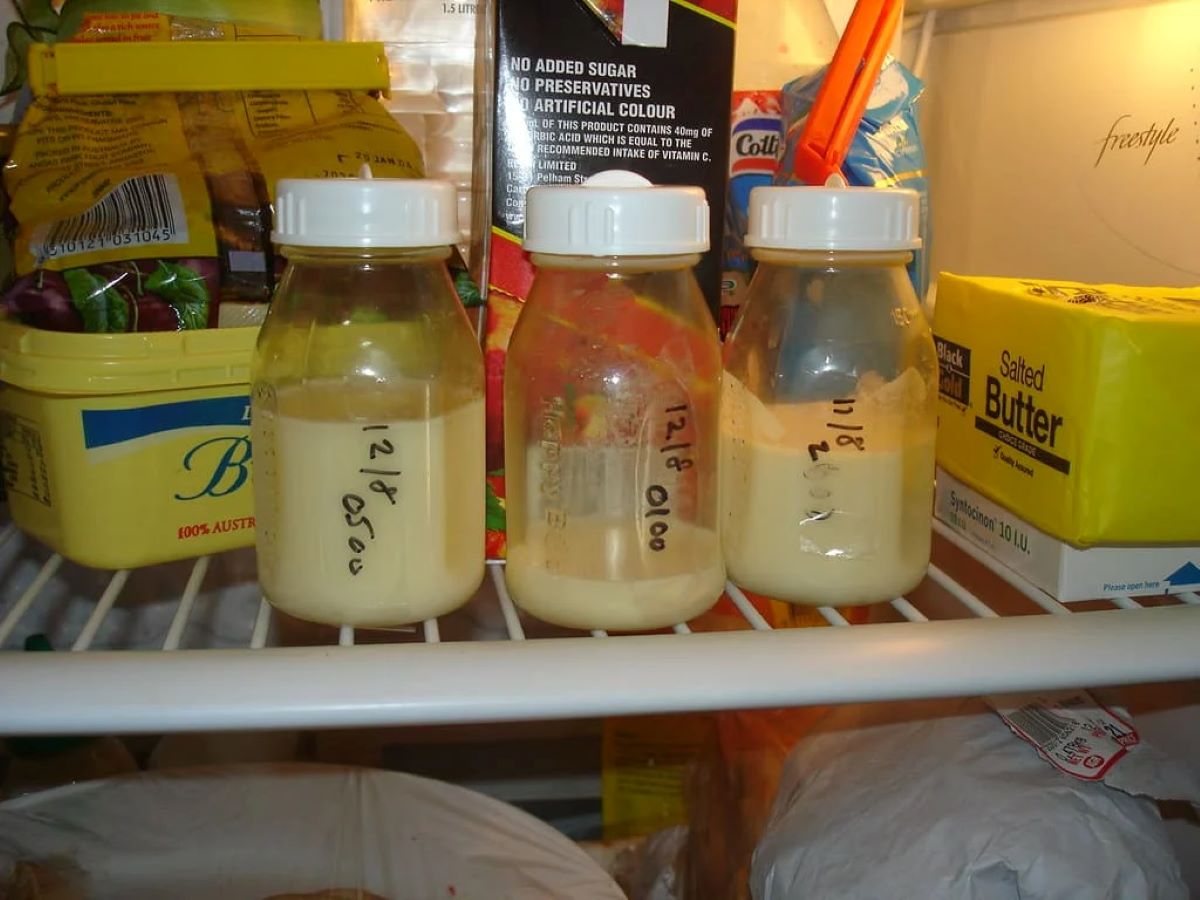
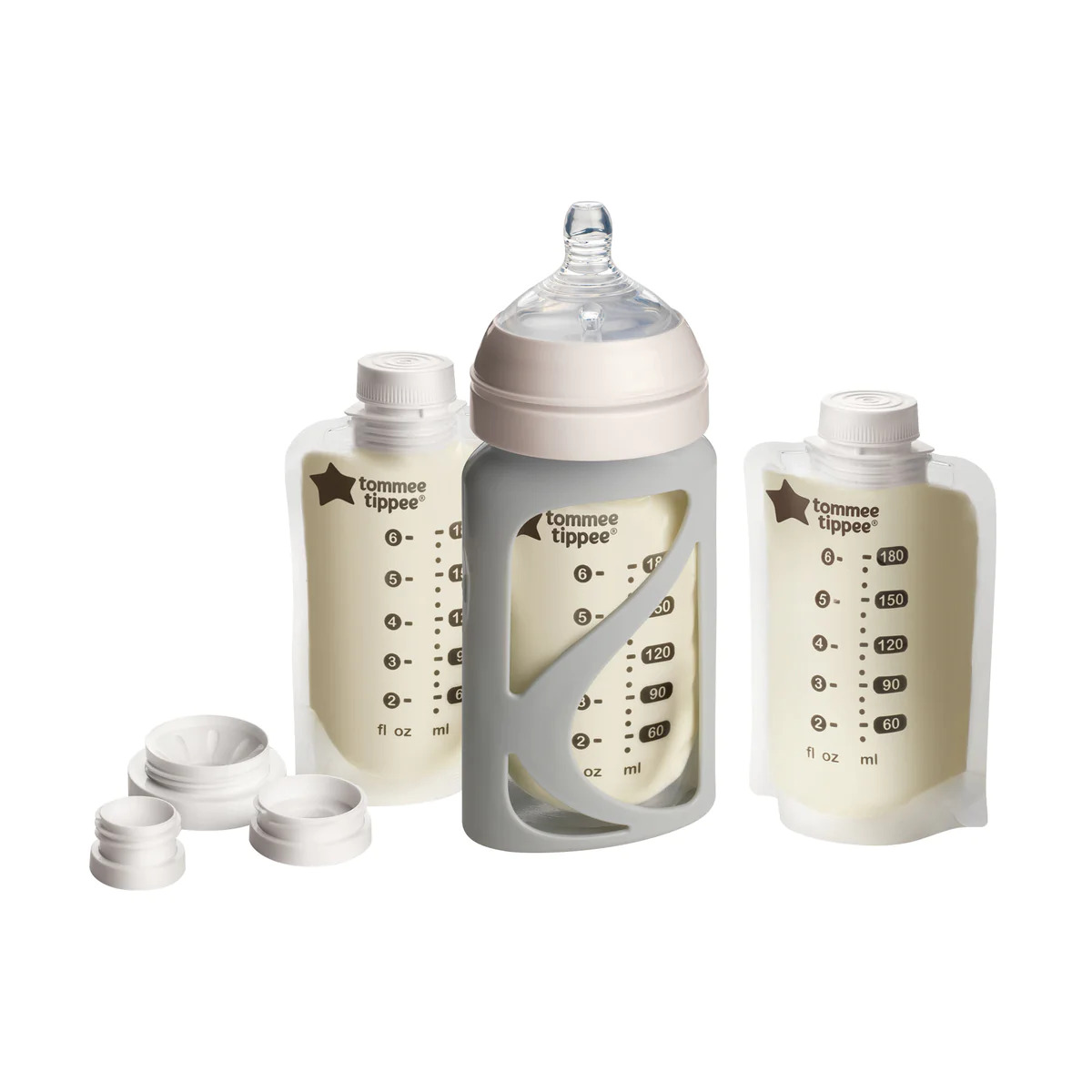
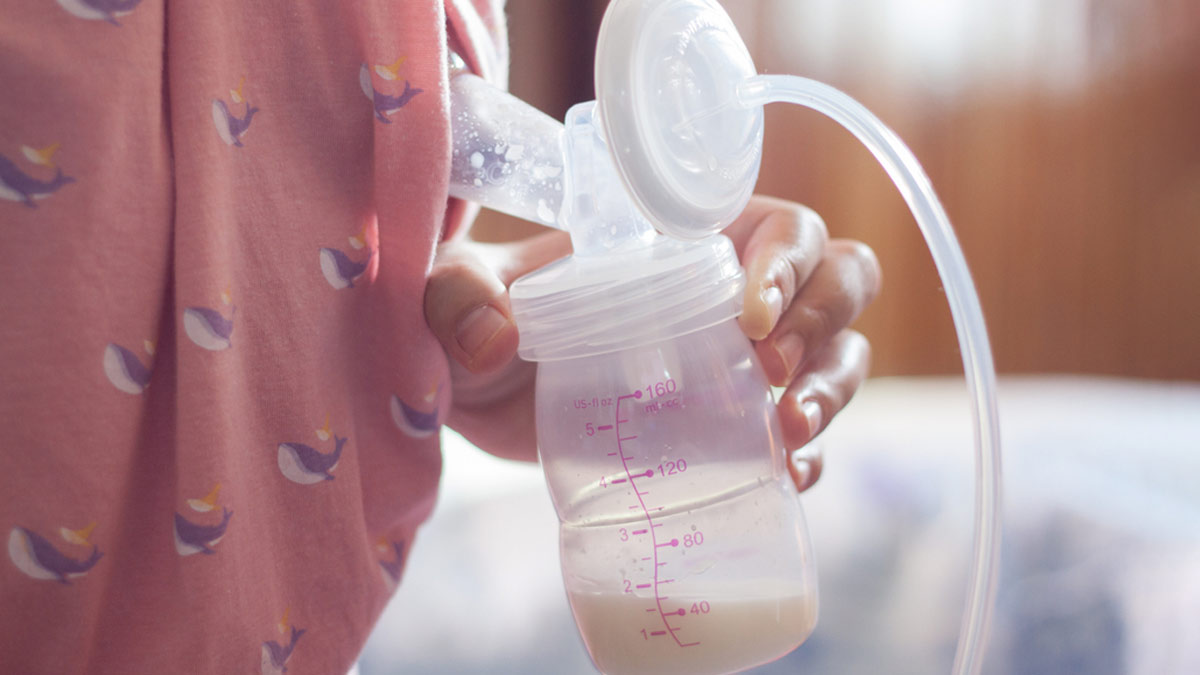
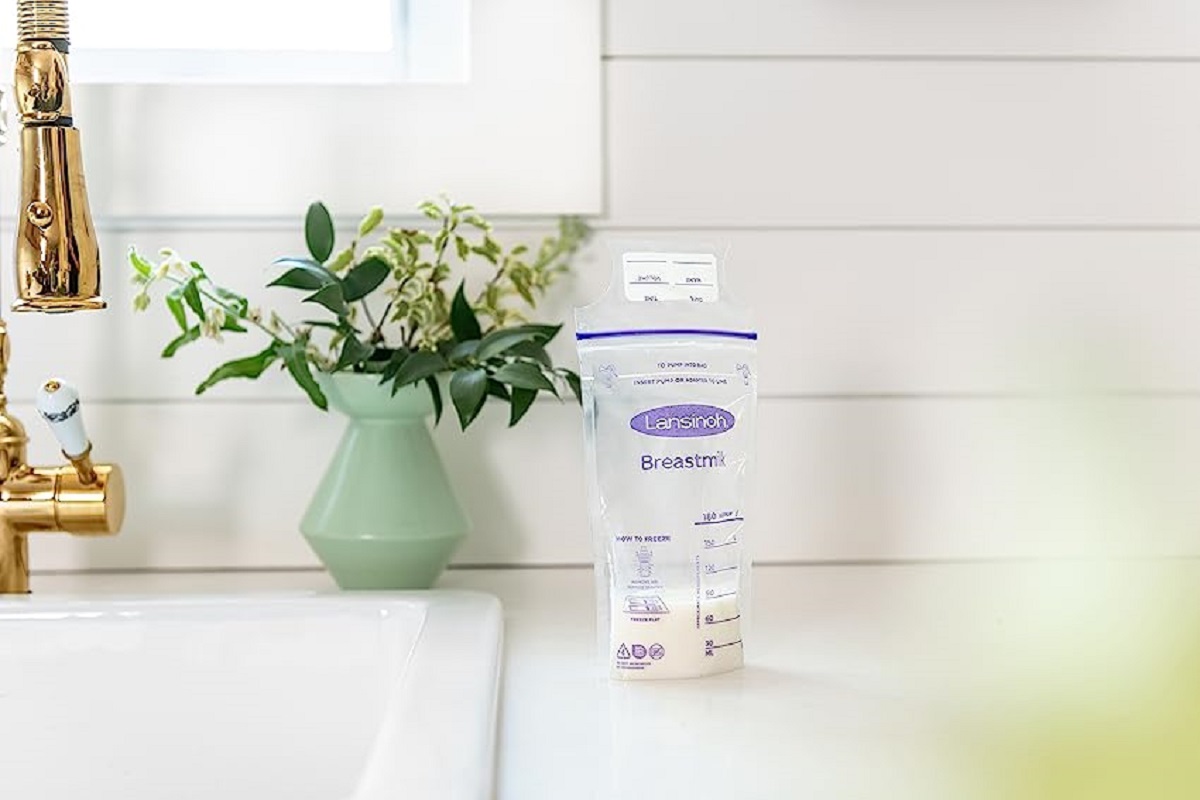

0 thoughts on “How To Store Breast Milk In Bags”